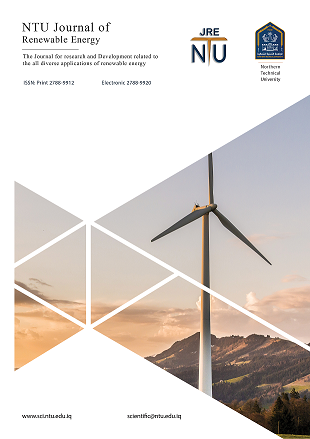An On-Site Post-Event Survey of the 2022 Mw 6.1 West Pasaman Sumatera Destructive Earthquake
DOI:
https://doi.org/10.56286/ntujre.v2i1.225Keywords:
destructive earthquake, hydrological landslide, flash flood, building, faultAbstract
On February 25, 2022 at 08:39:29 Local Time an unexpected earthquake with a magnitude of 6.1 Mw struck the Western part of Sumatera, onshore, and located on the blind fault. It is very likely that the earthquake was from Angkola Fault, but there is still a possibility that there are still other active faults in this area that have not been mapped yet. The areas that were affected by the earthquake are Pasaman, West Pasaman, Limapuluh Kota, Padang Pariaman and Agam regencies. The focal mechanism from BMKG show that the dominant mechanism of this earthquake was the right lateral (dextral) strike slip. The worst devastation was in West Pasaman and the damage from this earthquake was wide spread. An estimated 6627 houses have been destroyed and 70 mosques were damaged, 41 offices were devastated, 208 schools and educational institutions, 25 medical infrastructures, and 5 bridges were damaged. An on-site post-event survey was carried out to investigate the effects. We conduct mapping ground ruptures and cracking in an effort to find surface expression of fault rupture. Right after the main shock, a few seismometers were deployed near the epicenter to monitor the aftershocks. By using macro seismic observation, micro seismic measurement, and impact documentation, we also find collateral impact that is flash flood and soil landslide which broken some access points. The destructive earthquake is a reminder of the serious future seismic threats to comply implementation of the Building Codes.
Downloads
Published
Issue
Section
License
Copyright (c) 2022 NTU Journal of Renewable Energy

This work is licensed under a Creative Commons Attribution 4.0 International License.








